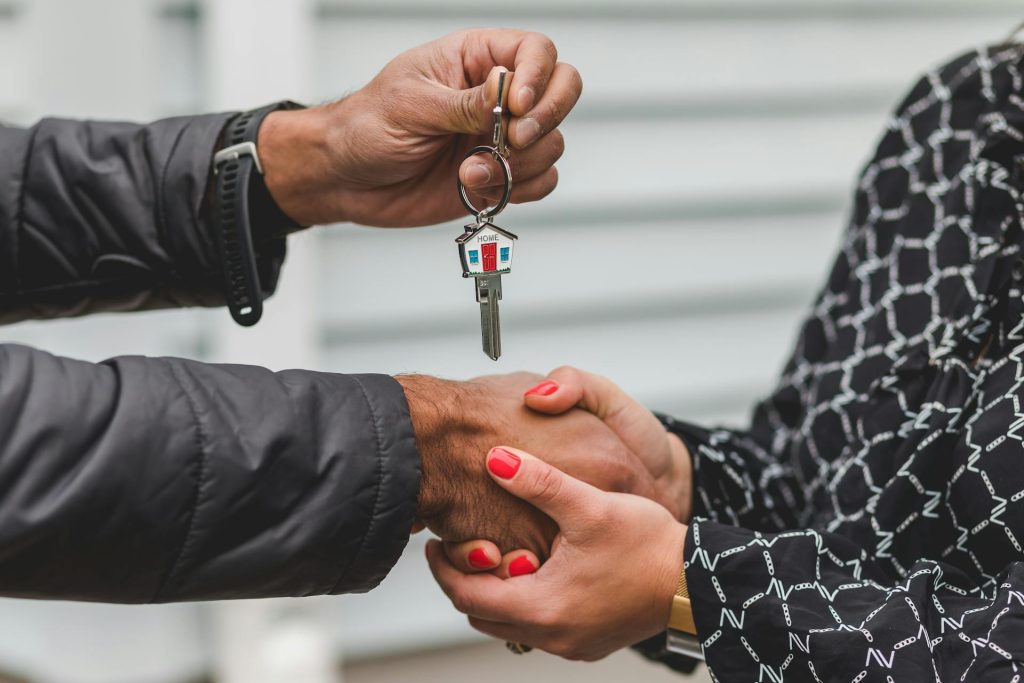Buying a home is one of the biggest financial milestones in life, and for most people, it starts with one essential step: saving for the down payment and other upfront costs. Whether you’re aiming for your first home or upgrading to your dream house, building your savings strategically can make all the difference. Here’s how to increase your savings and get closer to homeownership.
1. Set a Clear Goal
Before you can save effectively, you need to know what you’re aiming for.
-
Estimate your budget: Use a mortgage calculator to determine how much house you can afford based on your income, debts, and desired loan term.
-
Define your down payment target: While 20% down is ideal to avoid private mortgage insurance (PMI), many loans allow lower down payments (as low as 3–5%).
-
Include closing costs: Don’t forget to factor in 2–5% of the home price for closing costs like appraisal fees, title insurance, and property taxes.
2. Open a Dedicated Home Savings Account
Keep your savings separate from your everyday spending to stay organized and avoid temptation.
-
High-yield savings account: Look for an account with a strong interest rate to help your money grow.
-
Name the account something motivational: “My First Home” or “Dream House Fund” can make your goal feel more real.
3. Automate Your Savings
Consistency is key.
-
Set up automatic transfers: Schedule a portion of each paycheck to go directly into your home savings account.
-
Start small, increase over time: Even $50 per week adds up, and you can increase the amount as your income grows or debts decrease.
4. Cut Expenses Without Sacrificing Quality of Life
Trimming your budget can create serious room for savings.
-
Audit your monthly spending: Identify subscriptions, dining out, or other non-essentials to reduce or eliminate.
-
Cook at home more often: Meal prepping and brewing your coffee can save hundreds per month.
-
Buy used or borrow when possible: Furniture, electronics, and clothes can often be found in great condition for a fraction of the price.
5. Increase Your Income
Sometimes the fastest way to boost savings is to bring in more money.
-
Take on a side hustle: Freelancing, rideshare driving, tutoring, or selling online are common options.
-
Ask for a raise or promotion: If you’ve been performing well, now might be the time to negotiate.
-
Sell unused items: Turn clutter into cash by selling things you no longer use.
6. Use Windfalls Wisely
Bonuses, tax refunds, and gifts can significantly accelerate your savings.
-
Deposit windfalls directly into your savings: Avoid the temptation to splurge and put large unexpected amounts toward your goal.
-
Treat yourself—but only a little: Consider a small reward to celebrate milestones without derailing progress.
7. Take Advantage of First-Time Buyer Programs
There may be help available if you know where to look.
-
Grants and assistance programs: Many cities, states, and non-profits offer down payment assistance for eligible buyers.
-
Employer-sponsored programs: Some employers provide home-buying benefits or savings matching.
-
IRA withdrawals: First-time homebuyers can withdraw up to $10,000 from an IRA without penalty (though taxes may still apply).
8. Monitor and Improve Your Credit
A better credit score can reduce your interest rate, making homeownership more affordable in the long run.
-
Check your credit reports for free: Use AnnualCreditReport.com to verify accuracy.
-
Pay bills on time: Payment history is a major credit factor.
-
Pay down existing debt: This improves your debt-to-income ratio and may increase your mortgage eligibility.




